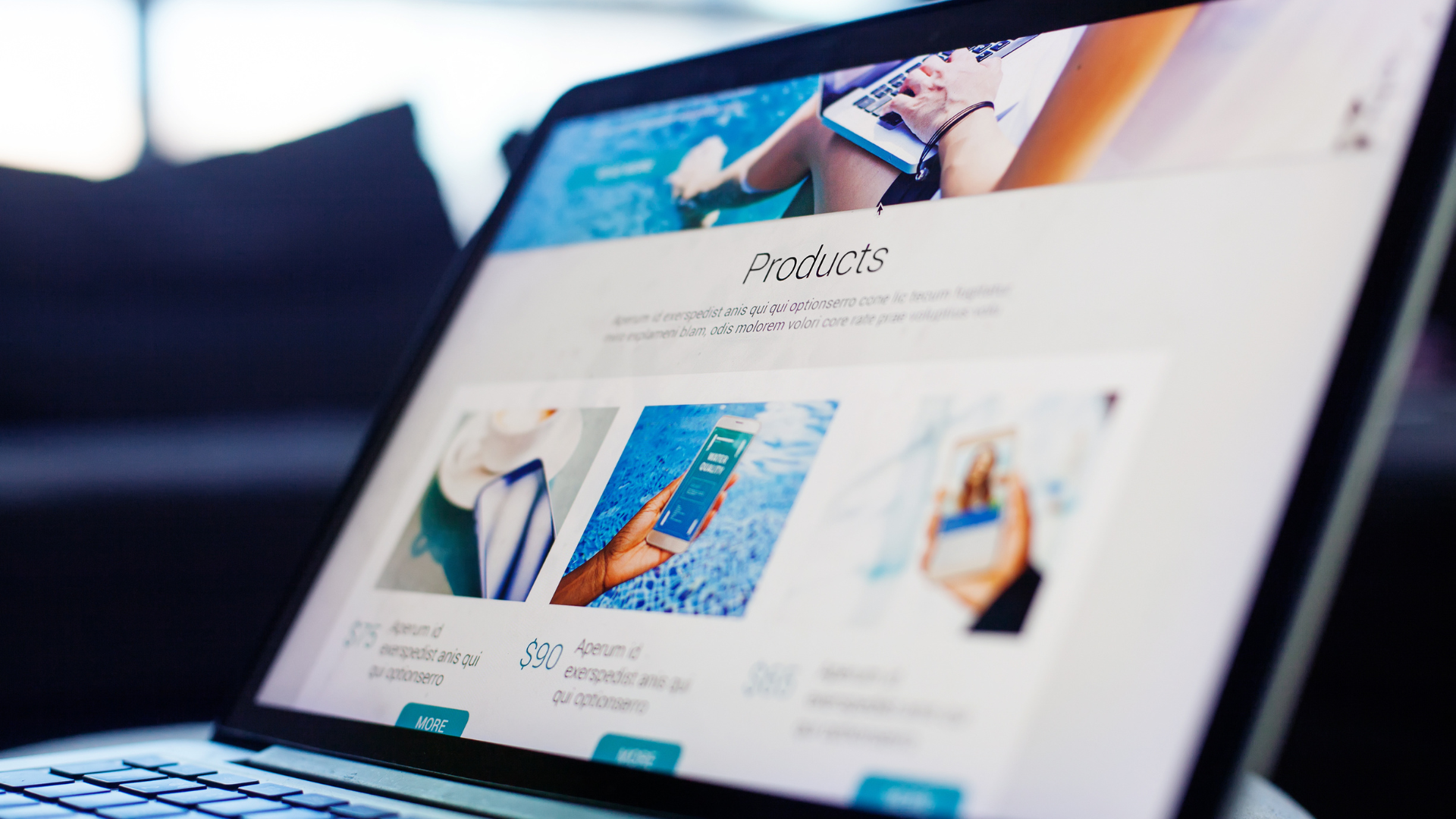How to create the best landing page for lead generation
It’s safe to say that not everyone who lands on your site will buy from you — at least not the first time. But how your site is set up will play a huge part in whether they show up a second time.
You should collect the contact information of everyone who lands on your site, whether they buy from you or not. That’s the only way you’ll be able to keep them coming back. If the traffic is there but no sales are happening, you need to offer them something the first time they show up. You can do this by creating a lead generation landing page.
What is a lead generation landing page?
Many businesses send visitors to their home page. But if you want them to take some type of action — you need to send them to a lead generation landing page. A lead gen landing page is a single web page with the primary goal of getting your visitor to take a specific action.
Home page vs. landing page
There are several differences between the home page and a landing page.
Landing page
Landing pages are focused on one specific thing and are constructed so that the visitor feels compelled to act. Landing pages are made to convert your visitor, so they become either active customers who purchase from you or quality leads who have expressed interest in what you offer.
Once your visitor has expressed interest in what you offer, the onus is on you to continue to nurture them until you do some lead capture so that they become active customers. Thus, landing pages help with lead generation and give your brand the edge it needs to better know your customers so you can appeal to their needs.
It’s also likely that the landing page is not a permanent fixture on your site. These work well during product campaigns, especially if you’re running ads for your product or service.
Home page
Home pages provide a full overview of what your brand offers and are great for visitors who happen to roam the internet and land there. The home page also leads visitors to other areas on your site and is a permanent fixture for your site.
What type of business needs a lead generation landing page?
Any business can use landing pages to grow its leads. In fact, if your business uses email marketing, it should have a landing page. Likewise, if your business does ads or social media posts, it should have a landing page. Landing pages for lead generation are instrumental for any business to have to learn more about their potential customers and paid customers.
Landing pages are the first part of the sales process and they contribute greatly to the overall success of the business. If you’re a functioning business with the dire need to grow sales, you should have a landing page for lead generation.
How a landing page works
Landing pages for lead generation help to get you qualified leads for your business. There’s no way to know if you have a qualified lead if you know nothing about the visitor that just landed on your site. So, to get to know more about them, you offer them a product or service in exchange to know more about them such as a demo, newsletter, free product trial, or free download.
The type of personal information you collect via lead capture form fields on your landing page differs depending on the industry, but most landing pages at a minimum collect the visitor’s name and email address. Some may dig a little further to include a phone number or address. If your company is a B2B site, you may even be interested in the industry and company size of the visitor.
Your visitor provides this information in exchange for something you’re offering on your landing page that is of no charge to them, but is highly informative and valuable to them. If they hadn't noticed value in it, they would not have left you their contact details. Most landing pages offer something that can easily be downloaded. White papers, eBooks, case studies, and free trials are some suggestions of offerings for these potential leads.
When a customer has expressed interest in your product or service, this is the first step in knowing you've done something right to attract a potential customer. You know what you offer is of value to them, which means at some point, you intend to make them purchasers. In order to do that, you’ll need to continue to nurture them through email campaigns to know what they’re looking for so you can show how you can help.
In essence, the landing page opened a whole new prospect in this person who would have just been a visitor to your site, likely never to return. If you’re wondering how to create a landing page, learn more from our best practices below.
Best practices
Straight to the point
When a visitor lands on your landing page (pun intended), you have about three seconds to get them to act. That means you can’t beat around the bush. So, let them know the value you bring to their life immediately. Consider these three questions when any visitor lands on your site:
- Why did they come here?
- How do they get what they came for?
- Why should they feel good about providing their contact details during this exchange?
A landing page with too much information and too many distractions will cause people to leave. In fact, remove all other navigation. Make sure the messaging is compelling and the focus is only on the offer at hand.
Clear and relevant locations for a call-to-action
Your call-to-action (CTA) doesn’t have to wait until the end of the page. It can come at any time, but it should be well thought out and in relevant locations. Here are some spaces you could place your call-to-action:
● Top of the page: Remember, there’s no time for beating around the bush, so come right out with it. Let them know in the beginning what you have to offer that can change their lives and lead them straight to it.
● Bottom of the page: Some visitors will want to take the time to read everything if the copy starts out right. It should keep them engaged throughout. For these individuals, you’ll also want the call-to-action at the very end because by now (and since reading all the copy) it’s obvious they’re interested. So, make sure they can take action at the end.
● After a compelling point: There will be some points made during the landing page that will make the visitor feel compelled to take action right then and there. Make sure the call-to-action is available after such points.
● Above or below a video image: Most people are eager to watch videos! If you decide to take this route, have a call-to-action very close by when they’re done.
Simple, visual form
If you really want to turn your cold lead into a warm one, have an attractive form — one that stands out. It shouldn’t be complicated or request too much information, only what’s necessary. Keep it simple with limited fields. The cold lead is already hesitant to provide you with any information, don’t make them regret it once they get started.
Give something of value
Your cold lead won’t take action on an offer that is not relevant to them. So, make sure you’re offering something of value to them in order to boost your conversion rate. This offering should also be an evident sign that you have much more to offer that’s even better than this. The offer you make should be enough to let them know they need to keep visiting your site.
Interested in learning how to create your own landing page?
Schedule a discovery call with us and we’ll get you on the road to creating full lead generation campaigns and teach you how to optimize and create beautiful, high-converting landing pages.





.png)
